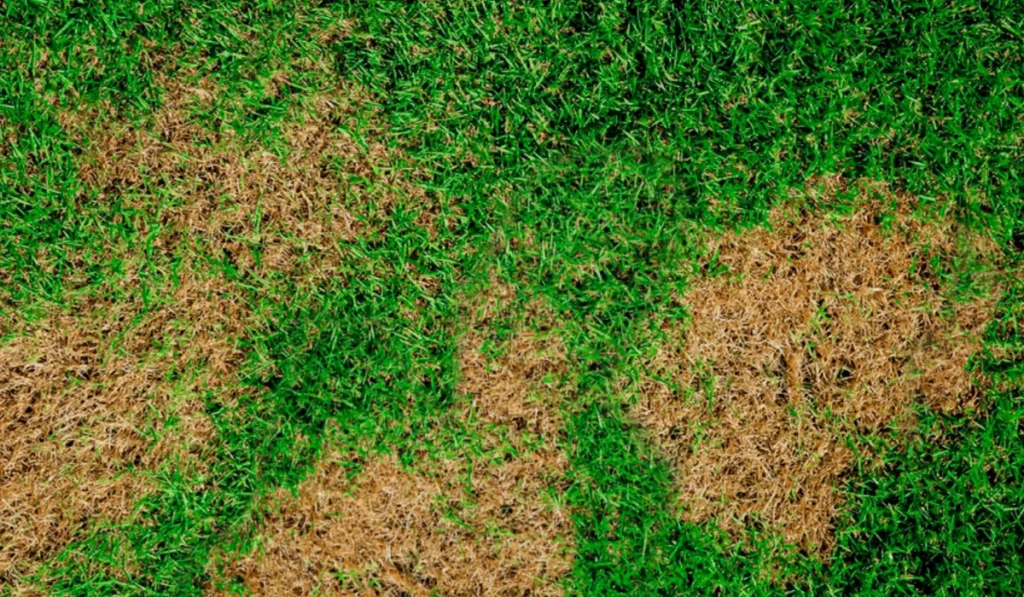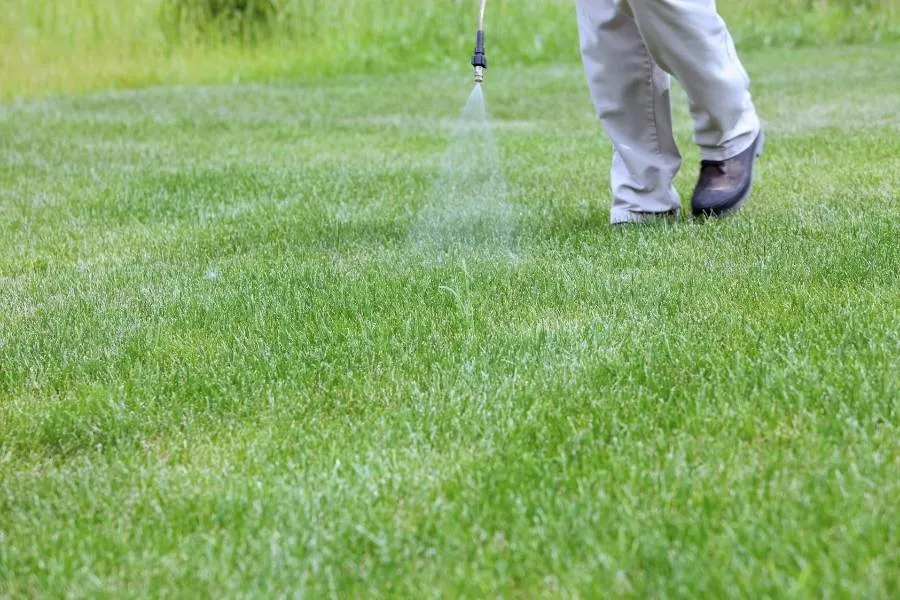Lawn fungus is a very common and frustrating problem that can ruin the beautiful appearance and overall health of your yard. Fungal diseases can spread quickly if neglected. Many homeowners need to treat the infection immediately and also take steps to protect the lawn against future damage. In this guide, you’ll learn about the best lawn fungus treatments.
Identifying Lawn Fungus

Lawn fungus is caused by fungal lawn pathogens that affect the lawn. These fungi grow optimally in particular conditions, and they can appear in different ways:
- Discolored patches: Yellow, brown, or white spots on grass.
- Dollar Spot: Small, circular, light-colored patches resembling silver.
- Odd patterns of growth: Circular or misshapen patches of affected grass.
- Red Thread: Pinkish-redish thread-like growth on leaves (blades) of grass
- Powdery Mildew: Powdery, white cover on grass blades.
These fungi usually survive in warm, moist conditions and under conditions of overwatering. Lawn fungus can be prevented if you catch the signs early enough. Correct identification is important because different fungi need different management.
Lawn Fungus Treatment Options
For many homeowners, lawn fungus is extremely frustrating, an issue that can take over before you can wrap your head around what’s happening. Some warning signs of a fungal attack on your grass are colored patches, less grass, and strange textures or patterns.
However, Fungi come out if your lawn has poor drainage, too much moisture, compacted soil, or the wrong mowing practices. Well, the good thing is these issues can be controlled and avoided with the right methods. A healthy lawn is the best prevention against several fungal problems.
1. Cultural Practices
Good lawn culture will minimise risks. Proper lawn management can help keep fungi away:
- Watering: Always water early in the morning; it will help to reduce the risk of fungus growth.
- Mowing: Grass should be kept at the right height and cut no more than one-third of the length at any one mowing.
- Aeration: The Lawn should be aerated often to facilitate the drainage of soil and prevent it from being compacted.
- Fertilizing – Apply a balanced fertilizer to stimulate grass growth, but avoid much nitrogen, which may cause excessive fungal growth.
2. Chemical Treatments

When cultural methods are insufficient, fungicide applications are effective:
- Contact Fungicides: Work on the outside of the plant, and work right away.
- Systemic fungicides – Absorbed by the plant, enabling it to kill the attacking pathogen.
Some popular active ingredients in these products are propiconazole, azoxystrobin, and thiophanate-methyl.
Application: Always apply as directed by the manufacturer.
3. Natural Remedies
For the organic solution lovers:
- Neem Oil – A natural agent that can fight against fungi. Strain and apply to the affected areas as directed in the package.
- Baking Soda: Mix 1 part baking soda with 4 parts of water. Spray on affected area to change the pH and stop fungus growth.
- Compost Tea: Compost tea is a useful tool to boost the health of your soil.
These treatments might work for mild infections, but they may need to be used several times.
Tips to Prevent Getting Fungus Again
How to treat lawn fungus? The best way to handle lawn fungus is to prevent it from developing. A well-rounded lawn care greatly reduces the chances of fungal infestations and promotes your lawn’s long-term immunity.
Good Lawn Care: Regular mowing at the proper height, early morning watering, and a balanced fertilization program will create unfavourable conditions for fungi to grow. However, overwatering and over-fertilizing with nitrogen can cause disease.
Soil Management: Healthy lawns require healthy soil. Regular aeration out and well-maintained drainage help to avoid trapped water, which is one of the biggest factors for the growth of fungus.
Resistant Grass Varieties: Choosing varieties that are naturally resistant to regional diseases (such as the many common fungi) will provide a layer of built-in protection. Check with your local lawn-care professional or extension service to check which species will work best in your climate.
You can promote a greener and stronger lawn if you incorporate these preventative measures into your lawn care routine.
Conclusion:
Lawn fungus control is a matter of lawn fungus treatment and prevention. A healthy, luxurious lawn free of fungal disease can be preserved with the homeowner’s vigilance and proactive effort.
Moreover, Revamping Lawn is here to provide professional care solutions to restore or maintain your lawn.
FAQs:
Search for discolored patches, abnormal growth patterns, or visible fungal growth on the yard’s surface.
Home remedies are helpful with minor cases but may need to be applied repeatedly and are generally less powerful than chemical treatments.
Yes, by keeping the lawn and soil too wet, over-watering encourages the growth of fungus.
Yes, getting rid of the infected grass may prevent the fungus from spreading to areas of healthy grass.





